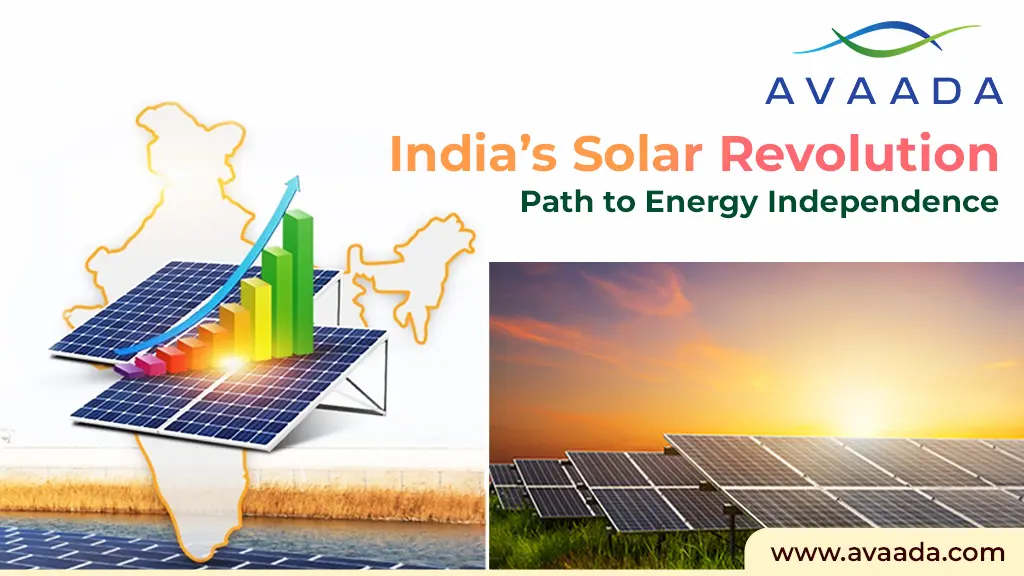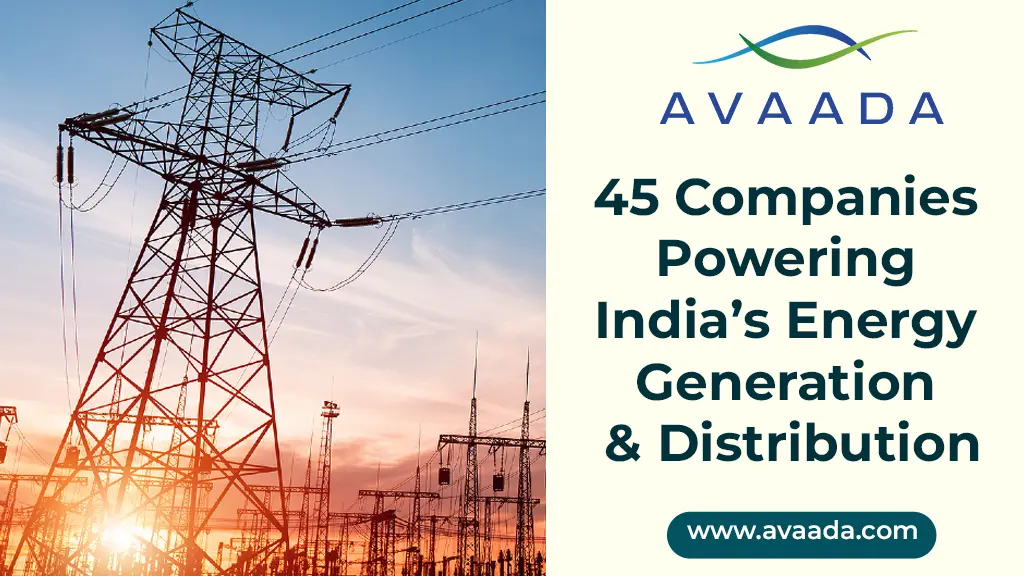India is taking significant strides toward self-sufficiency in solar manufacturing, aiming to reduce its reliance on imports, particularly from China. With a strong commitment to clean energy and sustainability, the country is investing heavily in domestic solar production. One of the key players benefiting from this transition is the Avaada Group, a leading renewable energy company in India.
The Indian Government's Push for Solar Self-Sufficiency
Realizing the massive import reliance, the Indian government has rolled out several initiatives to enhance domestic solar production. One important step in this regard is the forthcoming $1-billion capital subsidy plan, which aims to boost local production of key solar parts like ingot wafers and polysilicon. The move is a part of an overall strategy to create a strong domestic supply chain and lower dependence on foreign imports.
The Production-Linked Incentive (PLI) scheme of the government lies at the core of this goal. It provides funds to those companies that make investments in solar manufacturing facilities, thereby incentivizing them to expand their production scale. Avaada Group, along with other energy companies, is poised to receive funding under this scheme.
Reducing Dependence on Imports
India has been dependent on China for a long time for critical solar components. Industry estimates indicate that almost 80% of India’s solar module and cell needs are fulfilled through imports. This makes the domestic solar industry susceptible to supply chain disruptions and price volatility.
To counteract this, the Ministry of New and Renewable Energy (MNRE) is actively engaging with industry partners to push local manufacturing. By strengthening the local manufacturing base, India plans to achieve a consistent supply of solar components and increase energy security.
Learn about Top 10 States in India for Solar Installation Capacity
Timeline for Local Manufacturing Expansion
The Indian government has also been ambitious in setting targets to achieve self-reliance in the production of solar manufacturing. By 2026, all solar cells are expected to be produced domestically, and by 2028, all solar wafers must be locally manufactured. This indicates India’s ambition to develop an end-to-end solar ecosystem, from raw material processing to assembling the final product.
Avaada Group's Role in India's Solar Growth
Avaada Group has been leading India’s shift to renewable energy, contributing significantly to the country’s transition to cleaner energy. Some of the company’s key achievements include:
- First 15 MW solar project of India in Gujarat
- A single-site solar farm of 1,250 MW in Bikaner, Rajasthan (India’s largest)
Avaada is significantly growing its solar manufacturing capacity. The firm will double its solar module manufacturing capacity to 10 GW and that of solar cells to 6 GW. This will place Avaada at the forefront of solar manufacturers in India and decrease the nation’s reliance on foreign components.
Explore our blog on How Madhya Pradesh Can Lead in Floating Solar PV Adoption
The Road Ahead
India’s path towards an autonomous solar manufacturing hub is well in progress. Strong government backing, fiscal incentives, and top companies such as Avaada Group driving innovation, India is on its way to becoming a world leader in renewable energy.
By decreasing dependence on imports, encouraging domestic manufacturing, and adopting innovative green technologies, India is not only enhancing its energy security but also playing its part in the global energy shift. The coming years will be pivotal in how well India is able to scale up its solar manufacturing sector and become a giant in clean energy production.








